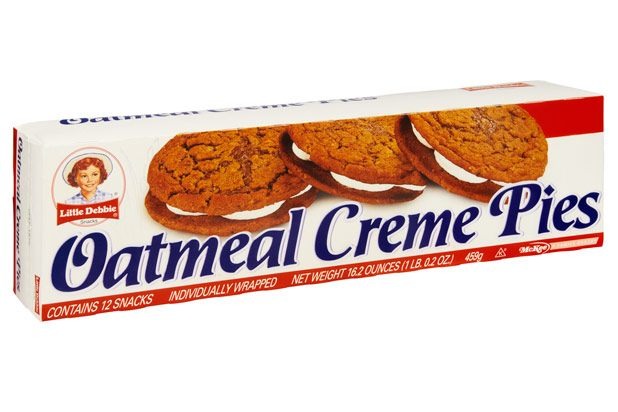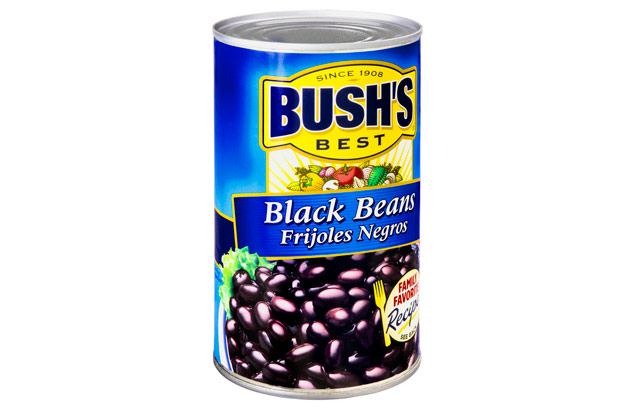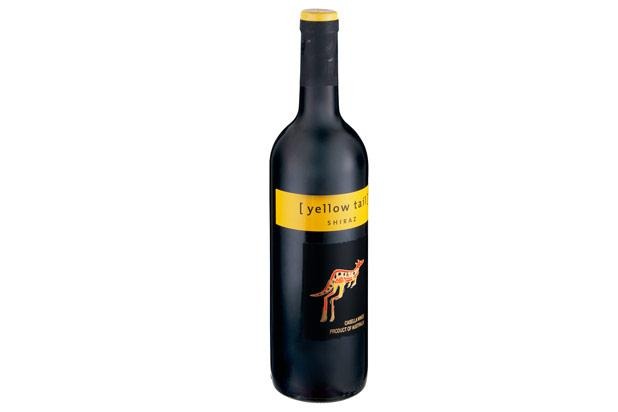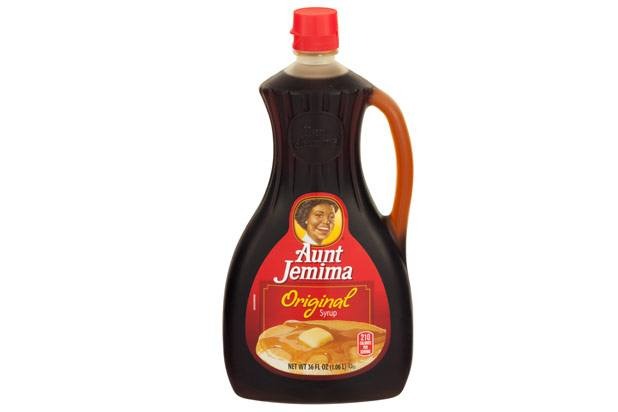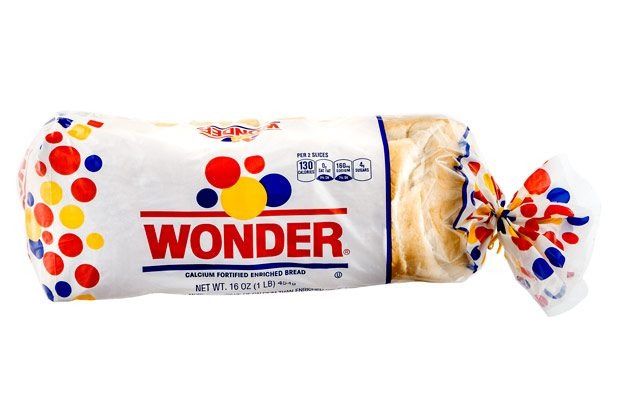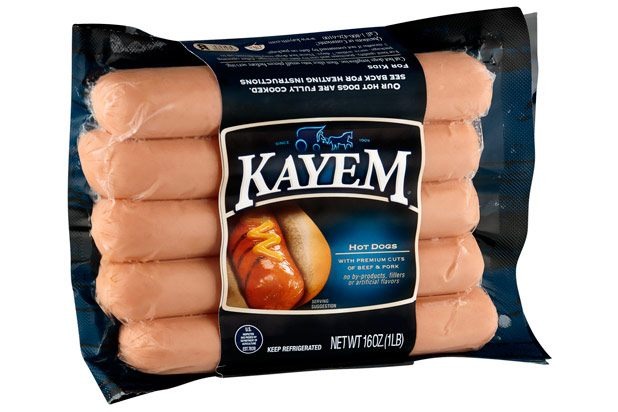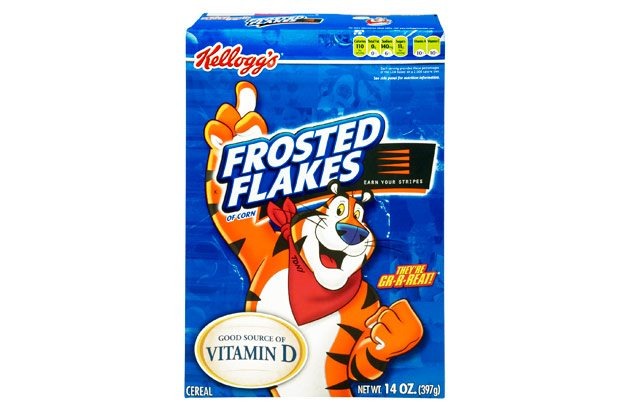These Chemicals Are Keeping Your Food Fresh (Slideshow)
TBHQ, or tert-Butylhydroquinone, is an antioxidant that preserves foods containing unsaturated vegetable oils or animal fats. It can be found in everything from Pop-Tarts to Reese's Peanut Butter Cups to crackers and many varieties of fast food, and it's been suggested that in high doses it may lead to hyperactivity and asthma in children. In order to reach a toxic dose, however you'd need to eat more than 11 pounds of chicken nuggets in one sitting.
Sorbic Acid
This antimicrobial agent, which also goes by the names calcium sorbate and potassium sorbate, occurs naturally in many plants and, and synthetic versions can be found in many foods, from Little Debbie Oatmeal Cookies to frozen pizza and some fountain sodas. It's classified as safe, but it's on the list of ingredients that Whole Foods won't allow in its products.
Calcium Disodium EDTA
Officially known as calcium disodium ethylenediaminetetraacetic acid, this chemical salt prevents oxygen from working its way into food molecules and spoiling them. It's also used in alternative medicine as a chelating agent (to remove heavy metals from the body) and to remove plaque from arteries, but it is toxic in large amounts. It can be found in salad dressings, Hellman's mayo, margarine, and canned beans, and is also on Whole Foods' no-no list.
Dimethyl Dicarbonate
This chemical is primarily used to preserve beverages, thanks to its ability to inhibit the growth of certain enzymes. Along with sulfur dioxide, it's one of the most popular wine preservatives, and can also be found in some sports drinks, sodas, and iced teas.
Sodium Benzoate
This benzoic acid-derived salt kills bacteria in acidic conditions, so it can be found in everything from salad dressings to pickles to Aunt Jemima pancake syrup. It's come under fire in recent years because it's been discovered that toxic benzene can be produced when combined with vitamin C, but it's in the process of being phased out of most products that contain both of those, as well as Coca-Cola products.
Calcium Sulfate
This calcium salt (a close relative of plaster of Paris and gypsum) is an acidity regulator and flour stabilizing agent. It's been cleared for use in a whole lot of foods, but is most commonly found in highly-processed breads like Wonder Bread.
Sodium Nitrite
This is one of the only preservatives that you can identify without even looking at the label: it's what gives hot dogs, bacon, and lunch meats like bologna that pink color, and kills off bacteria and other microbes, most notably those that cause botulism. Consuming excessive quantities of nitrite-treated foods can lead to respiratory problems, cancer, and digestive issues, and pregnant women who eat it in high quantities put their baby at risk of developing Type 1 diabetes.
BHT
BHT, or butylated hydroxytoluene, is an antioxidant that prevents fats from spoiling and is also used as a yeast de-foaming agent. It's found in plenty of baked goods and snack foods, as well as cereals like Frosted Flakes.

